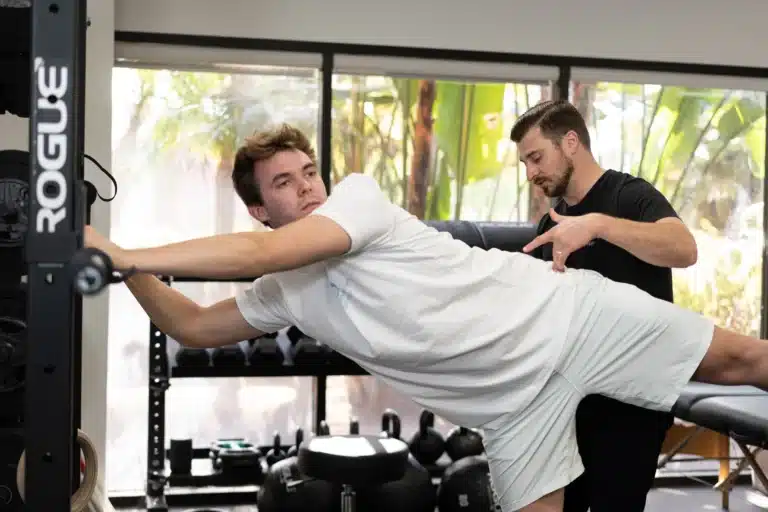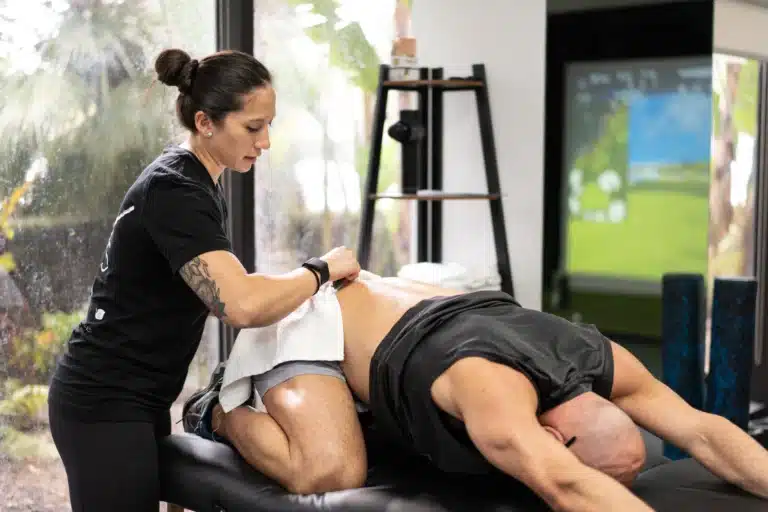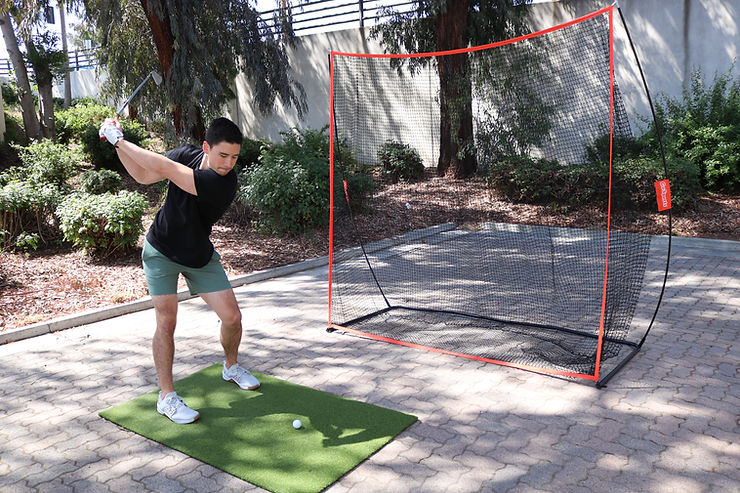Introduction
Hamstring strains are a common injury that can affect athletes and non-athletes alike. This condition occurs when one or more of the three hamstring muscles become overstretched or torn. Understanding the causes, symptoms, and treatments is crucial for effective recovery and prevention. Addressing hamstring muscle strain effectively can prevent the formation of scar tissue, which can complicate recovery and future performance. In this blog, we will explore everything you need to know about hamstring strains, from their causes and symptoms to exercises and treatments that can help you recover and prevent future injuries.
What is Hamstring Strain?
A hamstring strain occurs when the muscle fibers or tendons in the hamstring are stretched beyond their capacity, leading to a tear. This injury is commonly seen in sports and activities that involve sprinting, jumping, or sudden changes in direction. The severity of the strain can range from a mild hamstring strain to a complete tear. Acute hamstring strains can result in severe pain and loss of function, significantly impacting athletic activities and daily life. Hamstring muscle injury can sometimes result in complete rupture, requiring surgical intervention, while partial tears might need extensive physical therapy.
These are the Causes of Hamstring Strain
Not warming up properly before exercising
One of the primary causes of hamstring strains is inadequate warm-up. Without proper warm-up, the muscles are not prepared for the physical demands placed on them, increasing the risk of injury. Proper warm-up increases hamstring flexibility and prepares the muscles for intense activities. Neglecting this can lead to pulled hamstrings.
Being out of shape or overdoing it
Lack of physical conditioning can lead to muscle fatigue and strain. On the other hand, pushing the body too hard without adequate rest and recovery can also result in hamstring injuries. Progressive hamstring resistance exercises can help build strength and endurance, reducing the risk factors associated with muscle strains.
An imbalance in the size of your leg muscles
Muscle imbalances, where the quadriceps are significantly stronger than the hamstrings, can put additional strain on the hamstrings, making them more susceptible to injury. Regular hamstring strength tests can help identify and correct these imbalances. The biceps femoris, one of the individual hamstring muscles, is often implicated in such imbalances.
Poor Technique of Running
Improper running techniques, such as overstriding or incorrect foot placement, can increase the stress on the hamstrings and lead to strains. Sports medicine professionals recommend proper training to avoid these issues. Techniques that focus on reducing the impact on the hamstrings can help prevent hamstring strain injury.
Returning to activities too quickly after an injury
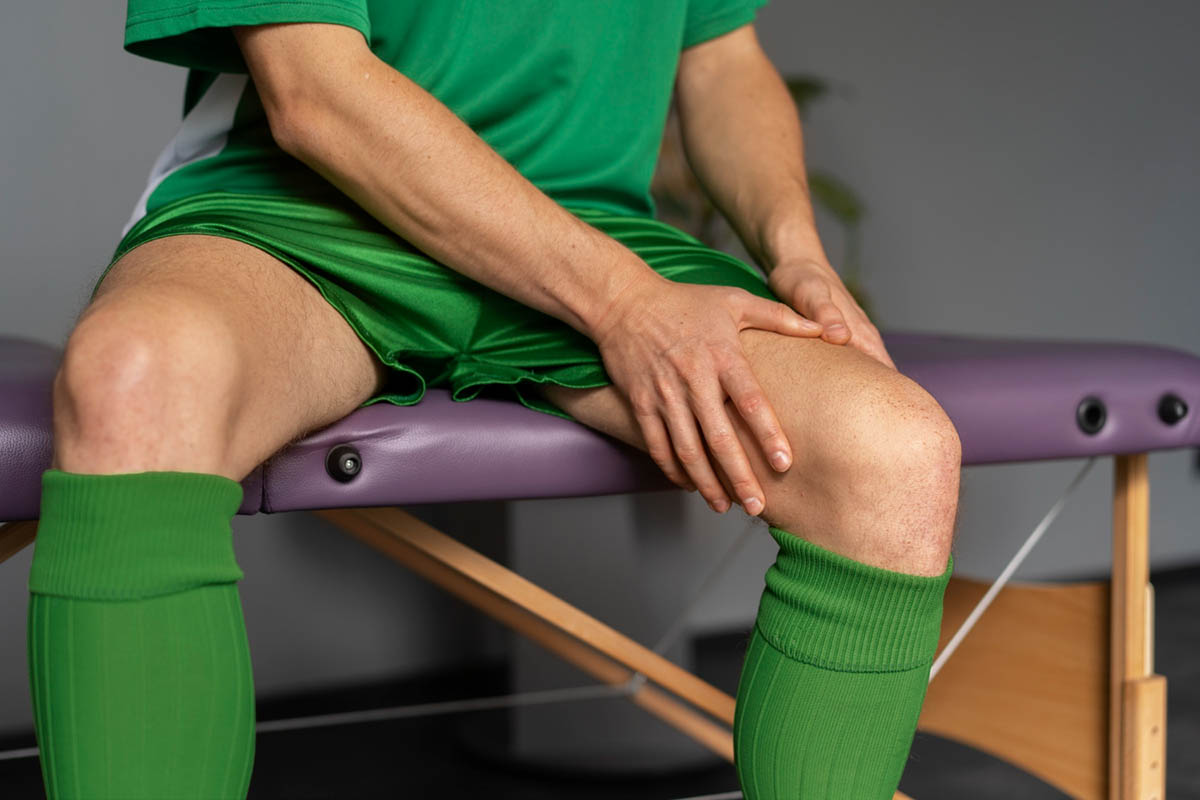
Returning to physical activities too soon after a previous injury can result in re-injury. It’s essential to allow adequate time for healing and gradually build up strength and flexibility. This approach to hamstring strain helps prevent the recurrence of hamstring injury. Physical therapy is often necessary to ensure complete recovery and proper rehabilitation for hamstring strain.
Age
As we age, our muscles lose flexibility and strength, making older individuals more prone to hamstring strains. This is due to the decreased elasticity in the hamstring muscle. Age-related hamstring muscle strain often requires a tailored approach to recovery.
Muscle Fatigue
Fatigued muscles are less able to absorb the shock of physical activity, increasing the likelihood of strains and other injuries. Ensuring adequate rest and recovery is crucial to prevent hamstring muscle injury.
Choice of Activity
Certain sports and activities, such as sprinting, soccer, and basketball, put more stress on the hamstrings and increase the risk of strains. Water skiing and American football are also high-risk activities for hamstring injuries. These activities can cause severe injuries, including complete rupture in extreme cases.
Previous Hamstring Injury
A history of hamstring injuries can weaken the muscle and make it more susceptible to future strains. Revalidation of hamstring strains is crucial for full recovery. Physical therapy can help restore function and strength, preventing future hamstring strain injury.
The Symptoms of Hamstring Strain
Sudden, Sharp Pain
A sudden, sharp pain in the back of the thigh is often the first sign of a hamstring strain. This pain can range from mild discomfort to severe agony, depending on the severity of the strain. Acute hamstring injury often results in immediate, sharp pain.
Swelling and Tenderness
Swelling and tenderness in the affected area are common symptoms. The area may also feel warm to the touch. This is indicative of inflammation and muscle damage.
Bruising or Discoloration
Bruising or discoloration can occur due to bleeding within the muscle tissue. This is more common in severe strains and can extend down to the knee joint.
Reduced Range of Motion
A hamstring strain can limit the range of motion in the affected leg, making it difficult to move or stretch the muscle. This is often accompanied by muscle stiffness.
Weakness in the Leg
Weakness in the injured leg can result from the muscle’s inability to contract properly. This can affect overall mobility and strength, impacting sports ability.
Muscle Stiffness
Stiffness in the hamstring muscle can make it difficult to move the leg, especially after periods of rest or inactivity. Stretching and gentle exercises can help alleviate this symptom.
These are the Exercises for Hamstring Strain
Modified hurdler’s stretch
Sit on the ground with one leg extended and the other bent so that the sole of your foot touches the inner thigh of the extended leg. Lean forward gently to stretch the hamstring of the extended leg. This stretch helps improve hamstring flexibility gains.
Supine hamstrings stretch
Lie on your back with one leg extended on the ground and the other lifted towards the ceiling. Use a towel or strap around the lifted foot to gently pull the leg towards you, stretching the hamstring. This is effective for lengthening of the hamstring.
Seated toe touches
Sit on the ground with both legs extended. Reach forward with both hands towards your toes, keeping your back straight to stretch the hamstrings. This stretch helps improve overall hamstring extensibility.
Straight Leg Raises
Lie on your back with one leg bent and the other straight. Lift the straight leg slowly towards the ceiling and lower it back down, strengthening the hamstring. This exercise is beneficial for partial muscle tear rehabilitation.
Hamstring curl
Stand with your feet hip-width apart. Bend one knee, bringing your heel towards your buttocks, then lower it back down. This exercise helps to strengthen the hamstrings and can be performed on a hamstring curl machine.
Hip Adduction- Ball Squeezes
Lie on your back with your knees bent and a small ball between your knees. Squeeze the ball with your knees to activate and strengthen the inner thigh muscles and hamstrings. This exercise targets the hip joints and hamstring muscles.
Hip Abduction
Lie on your side with your legs stacked. Lift the top leg towards the ceiling and lower it back down. This exercise helps to strengthen the outer hip and thigh muscles, supporting the hamstrings.
Hip Extension
Stand with your feet hip-width apart. Extend one leg behind you while keeping your back straight. This exercise targets the hamstrings and glutes, improving strength and stability.
Hip Isometric
Stand with your back against a wall and your feet shoulder-width apart. Slide down the wall into a seated position and hold for a few seconds before standing back up. This exercise strengthens the hamstrings and other leg muscles, promoting symmetry in knee flexion and extension.
These are the Treatments for Hamstring Strain
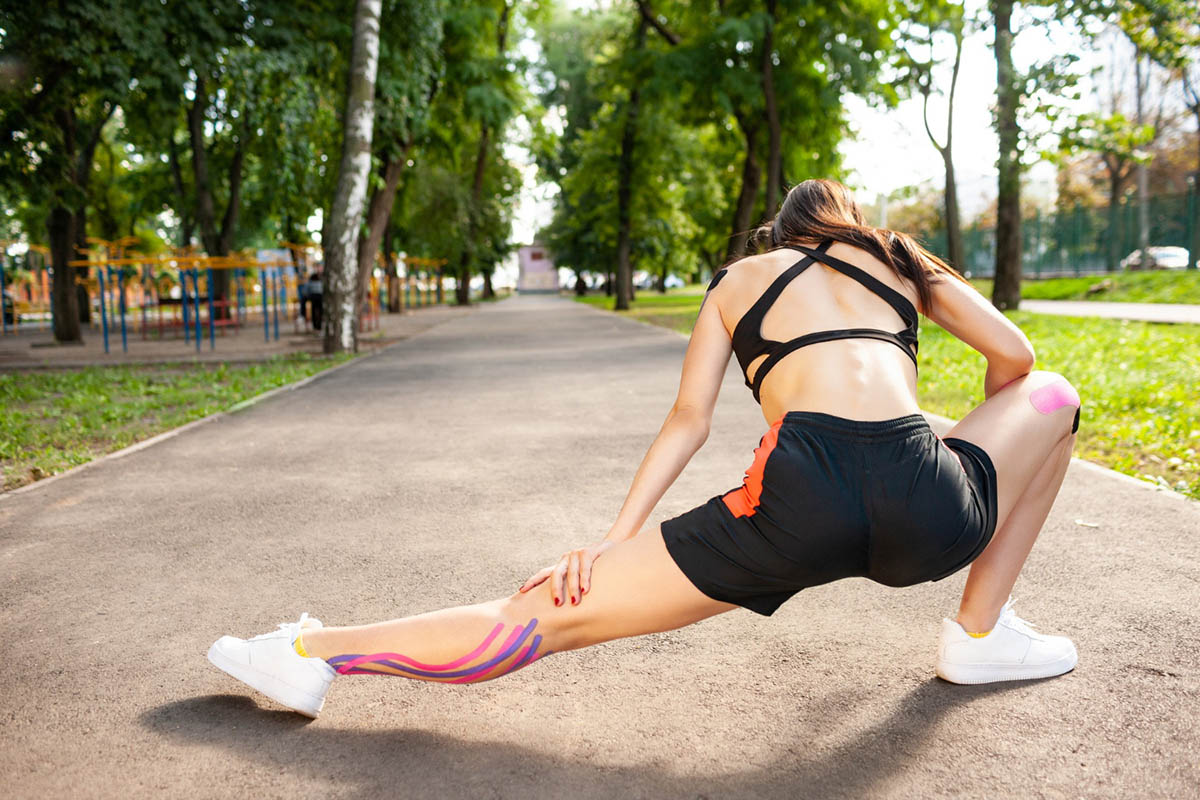
Use the RICE formula as soon as possible after the injury:
Rest
Resting the injured leg is crucial for recovery, especially for recurrent hamstring strain injury. Avoid activities that put strain on the hamstring to prevent further injury. Using a knee splint can help immobilize the area and promote healing.
Ice
Applying ice to the injured area can help reduce swelling and pain in relation to hamstring injury. Use an ice pack for 15-20 minutes every 2-3 hours during the first 48 hours after the injury. This is effective for managing pain and inflammation.
Compress
Wrapping the injured area with an elastic bandage can help reduce swelling. Be sure not to wrap it too tightly, as this can impede circulation. Compression supports the muscle and reduces inflammation.
Elevate
Elevating the injured leg above heart level can help reduce swelling by allowing fluids to drain away from the affected area. This is a critical step in the RICE formula.
Take pain medicine
Over-the-counter pain medications, such as ibuprofen or acetaminophen, can help manage pain and reduce inflammation. These medications provide relief from moderate pain associated with hamstring strains.
Do stretching and strengthening exercises
Once the initial pain and swelling have subsided, gentle stretching and hamstring strain exercises to improve strength can help restore flexibility and strength to the hamstring muscle. Progressive agility and resistance exercises are recommended for the rehabilitation of hamstring strain.
At The Movement Schopp, we specialize in providing top-tier physical therapy for individuals suffering from hamstring strains. Our expert team is dedicated to helping you recover quickly and efficiently through personalized treatment plans. Whether you’re dealing with a mild strain or a more severe injury, our evidence-based approach ensures optimal recovery. We also offer specialized physical therapy for athletes, focusing on injury prevention and performance enhancement to keep you at the top of your game. Trust The Movement Schopp to get you back on your feet and moving pain-free.
Conclusion
Hamstring strains are a common and painful injury that can significantly impact your mobility and daily activities. Understanding the causes, symptoms, and treatments is essential for effective recovery and prevention. By following proper warm-up routines, maintaining muscle balance, and allowing adequate time for recovery, you can reduce your risk of hamstring strains. If you do experience a hamstring strain, following the RICE formula and incorporating appropriate exercises can help you recover and get back to your regular activities.
FAQs
What Does a Hamstring Strain Feel Like?
A hamstring strain typically feels like a sudden, sharp pain in the back of the thigh. This pain may be accompanied by swelling, bruising, and tenderness in the affected area. You may also experience weakness and stiffness in the leg, making it difficult to move. Severe pain and loss of function are common in acute hamstring strains.
When Will a Hamstring Strain Feel Better?
Hamstring strain recovery time can vary depending on the severity of the injury. Mild strains may heal within a few weeks, while more severe strains can take several months to fully recover. Following proper treatment and rehabilitation protocols on how to heal a hamstring strain fast can help speed up the process and prevent future injuries. Consulting with a physical therapist and undergoing imaging studies like magnetic resonance imaging can provide a better assessment of hamstring injury and guide the treatment plan.


